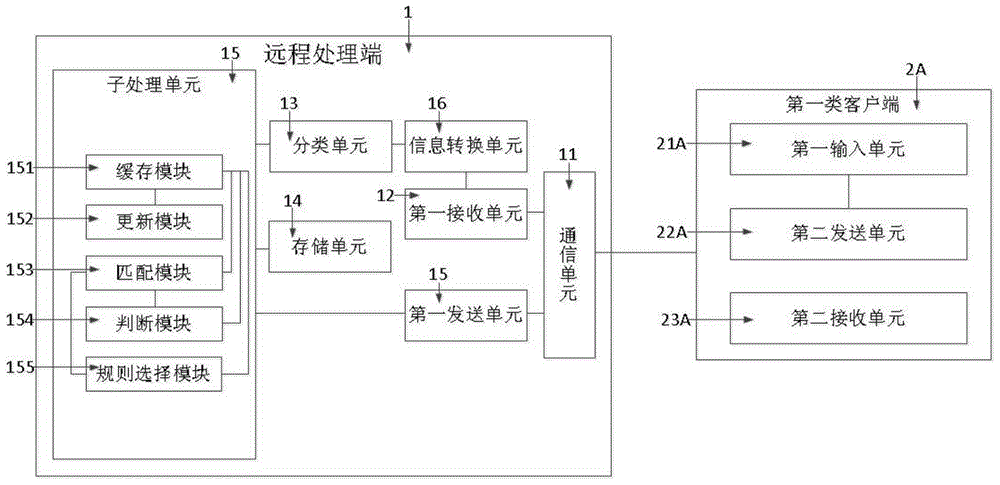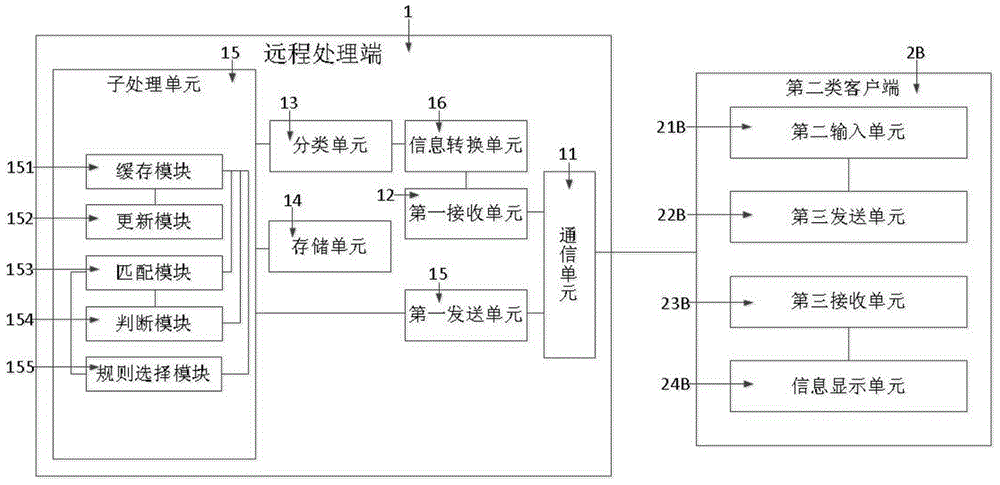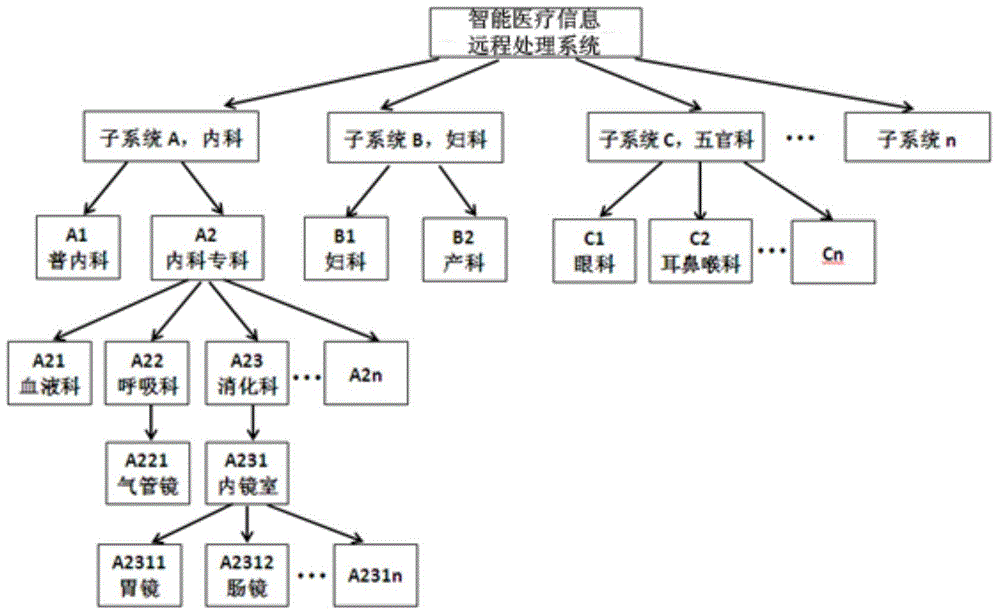Intelligent medical information remote processing system and processing method
A technology for remote processing and medical information, applied in the field of medical diagnosis, which can solve the problems of outdated knowledge, insufficient clinical experience, and weak judgment and reasoning ability of doctors.
- Summary
- Abstract
- Description
- Claims
- Application Information
AI Technical Summary
Problems solved by technology
Method used
Image
Examples
specific Embodiment 1
[0258] In the usual diagnostic process, due to vertigo, there are usually several classification methods, such as Figure 16 As shown, according to the cause of the disease, it can be divided into true vertigo and false vertigo. True vertigo refers to the vertigo caused by ocular, proprioceptive or vestibular system diseases such as vestibular or cerebellar diseases, and false vertigo refers to the vertigo caused by systemic diseases such as ischemia or hypoxia. Because the causes of these two types of vertigo are quite different, a distinction needs to be made. Such as Figure 17 As shown, for true vertigo and false vertigo, detailed disease information is preset in the sub-processing unit dealing with vertigo. For example, whether there is a sense of rotation, whether the face is pale and sweaty, whether there is vertigo, etc., I will not go into details here.
specific Embodiment 2
[0260] Such as Figure 18 As shown, further, true vertigo can be classified into peripheral vertigo and central vertigo. The so-called peripheral vertigo refers to the vertigo caused by the central vestibular lesion, and the so-called central vertigo refers to the vertigo caused by the vestibular organ lesion. Such as Figure 19 As shown, further distinguish peripheral vertigo and central vertigo, such as whether the onset is sudden, the distinction of vertigo feeling, whether there is ataxia, etc., that is, according to the various manifestations of vertigo, the true vertigo is top-down The following differential diagnosis, as mentioned above, will not be detailed here. Such as Figure 20-21 As shown, it is a specific embodiment 3 further realized based on the above-mentioned specific embodiment 2:
specific Embodiment 3
[0261] In a preferred embodiment of the present invention, as Figure 20 As shown, there are also many subdivisions for peripheral vertigo, such as ear vertigo, vestibular vertigo, cervical vertigo, etc.; and under each subdivision, there are many divisions involving specific disease types, such as in Ear vertigo includes vestibular and cochlear lesions and vestibular lesions. The division of a specific disease type, such as vestibular and cochlear lesions, further involves the division of specific diseases, such as Meniere's disease, inner ear injury, labyrinthitis, etc.;
[0262] In a preferred embodiment of the present invention, as Figure 21 As shown, for central vertigo, there are also many subdivisions, such as vertigo caused by cerebrovascular, vertigo caused by brain tumor, vertigo caused by intracranial infection, etc.; and under each subdivision, there are many specific disease types For example, under cerebrovascular vertigo, labyrinthine stroke and vertebrobasil...
PUM
 Login to View More
Login to View More Abstract
Description
Claims
Application Information
 Login to View More
Login to View More - R&D
- Intellectual Property
- Life Sciences
- Materials
- Tech Scout
- Unparalleled Data Quality
- Higher Quality Content
- 60% Fewer Hallucinations
Browse by: Latest US Patents, China's latest patents, Technical Efficacy Thesaurus, Application Domain, Technology Topic, Popular Technical Reports.
© 2025 PatSnap. All rights reserved.Legal|Privacy policy|Modern Slavery Act Transparency Statement|Sitemap|About US| Contact US: help@patsnap.com



